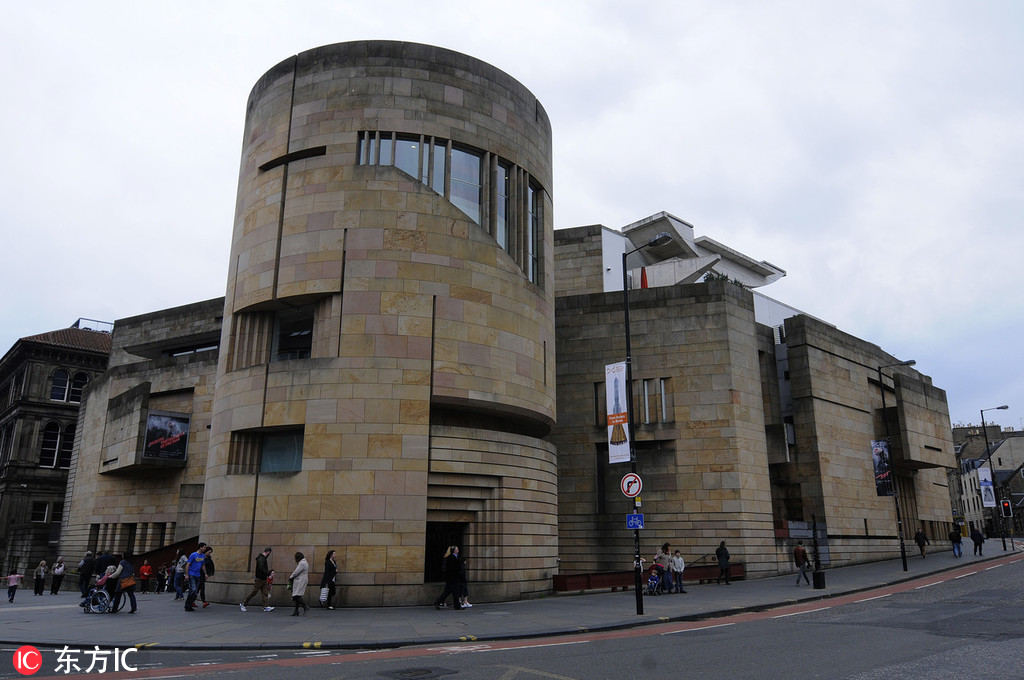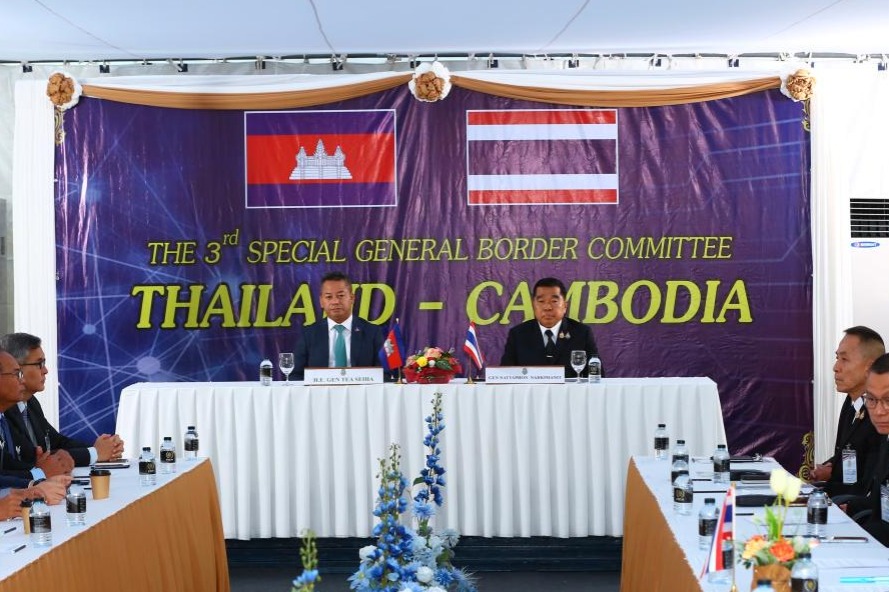Museum in Scotland takes closer look at East Asia, Egypt


The National Museum of Scotland in Edinburgh has unveiled three new exhibitions as part of its 80-million-pound ($103 million) transformation.
The displays – Ancient Egypt Rediscovered, Exploring East Asia, and Art of Ceramics – mark the end of a 15-year redevelopment project aimed at turning the 152-year-old Victorian museum into a world-class visitor attraction.
Twenty-nine new galleries were added during the makeover and more than 1,300 objects have been selected for display in the revamped attraction, with 40 percent of the relics set to go on show for the first time in generations.
"Over the past 15 years, we have worked tirelessly to transform this wonderful building, to rediscover our extensive and outstanding collections, and to create fresh and inspirational visitor experiences," said Gordon Rintoul, director of National Museums Scotland, which runs the museum. "The result is the creation of a world-class museum for the enjoyment of national and international visitors today and for many generations to come."
Exploring East Asia showcases the cultures, people, history, and traditions of China, Japan, and Korea and looks at what makes each of them distinct. The museum said it has acquired 65 new objects for the display since 2016. Highlights include Chinese oracle bones dating from 1100 BC. The museum says its collection of oracle bones is one of the largest and most significant in Europe.
Cao Qin, Chinese collections curator at the museum, said: "The oracle bone was used for divination but there is also evidence of the earliest Chinese writing. We have displayed it from a language point of view. Showing how this early writing system, which is the ancestor of classic Chinese, later became the common written script in the whole of East Asia."
She said oracle bones were also used for religious purposes and were believed to facilitate communication with ancestors and deities.
The Chinese collection includes a bronze vessel, or gu, which dates to the Shang Dynasty (c. 16th century-11th century BC).
"The elaborate decoration showcases the wonderful craftsmanship of the time and the use of ceramic piece mold based in the ceramics industry and … they were obviously used for food and drink but were also used for ancestor worshipping," Cao said of the gu.
Visitors will also get a chance to see a Manchu bridal outfit in the East Asian gallery, as well as samurai armor, woodblock prints, and ceramics from Japan. From Korea, a highlight is a 12th century bronze mirror.
The largest and heaviest object is a Japanese bronze bodhisattva statue that is 2.4 meters tall and weighs 640 kilograms.
The Ancient Egypt Rediscovered gallery explores how the civilization evolved during more than 4,000 years, and includes the only double coffin ever discovered in Egypt.
The Art of Ceramics exhibit shows the creativity and diversity reflected in pieces from throughout the world, drawn from 19th century BC all the way to the present day.
Bruce Minto, chair of National Museums Scotland, said: "Our outstanding collections help us to tell a vast range of diverse and fascinating stories from across the globe, highlighting the many Scots involved in invention, innovation, and discovery."
Contact the writer at boleung@mail.chinadailyuk.com

































